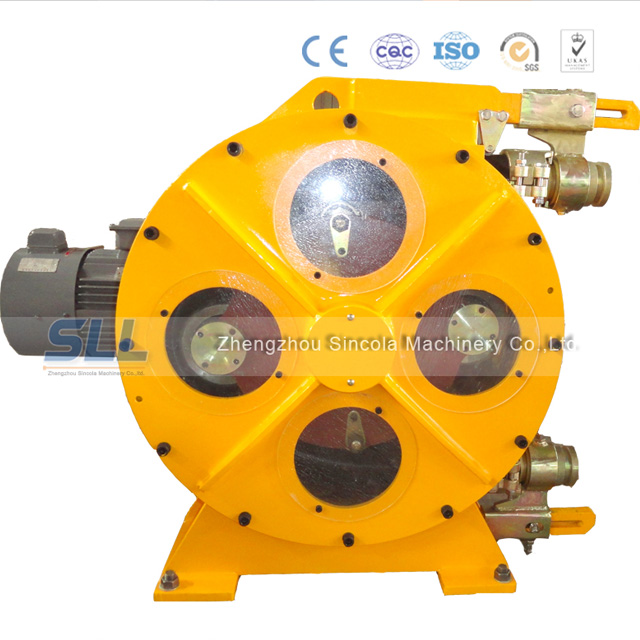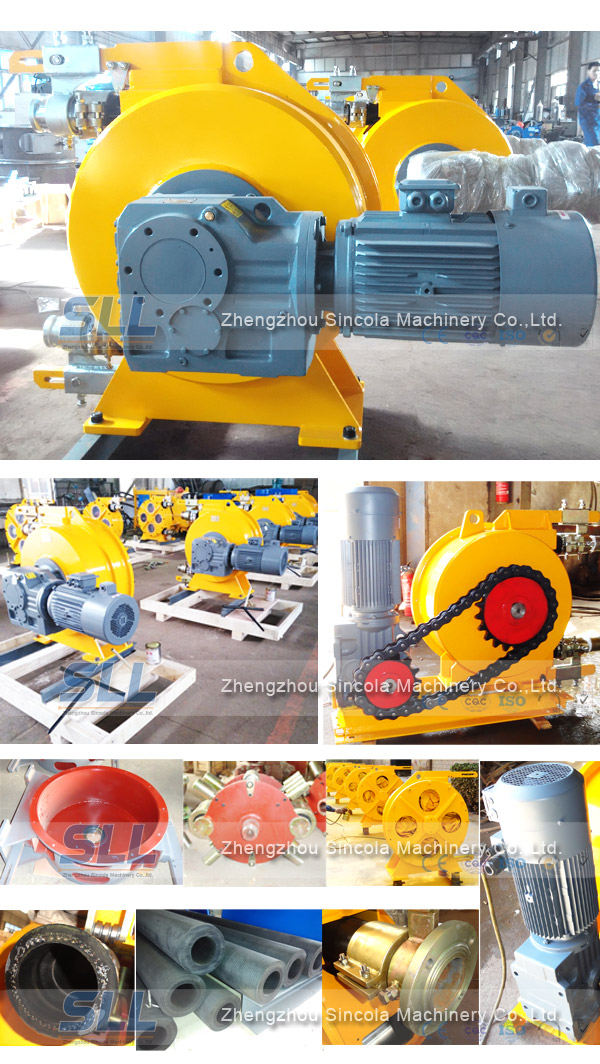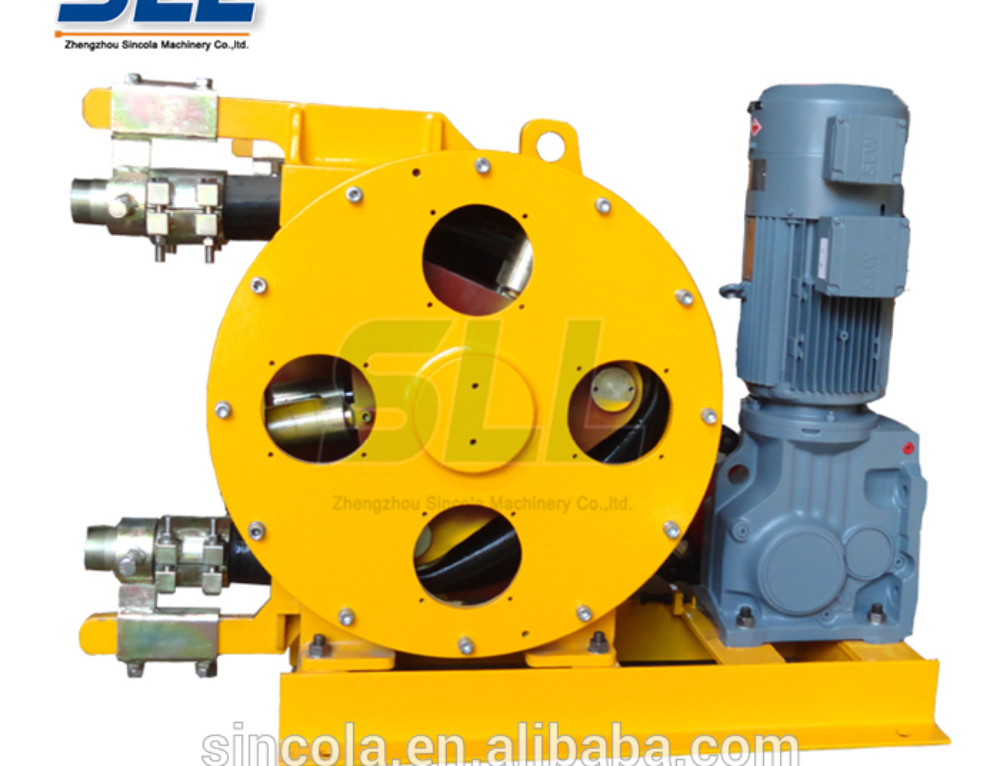
Принцип работы промышленного шлангового насоса:
Шланговый насос представляет собой объемный насос роторного типа, работающий за счет эластичности гибкого элемента. (гибридный) в насосе и ролике или башмаке на роторе. Транспортируемый материал окружен шлангом и не контактирует с другими частями..
The pumping volume, inlet and outlet volume, and outlet volume are all limited by the inner surface of the flexible tube and are determined by the position of the roller or shoe and the pump body wall at the press point on the tube.
When the rotor rotates, the hose is compressed and rebounded as the position of the roller or the shoe changes, so that the pump generates suction and extrusion to achieve the purpose of conveying the material.
Squeeze peristaltic pump characteristics:
a) Since there is no mechanical seal and gland packing, the sealing member does not have to worry about leakage of the sealing portion.
b) There is no sealed part, it can be operated as a vacuum pump.
c) Because the fluid only passes through the special rubber hose, the operating parts such as the impeller, the rotor and the cylinder do not contact the liquid, and do not stir the foaming, so squeeze hose pump can be directly transported in the original state.
d) Peristaltic pump can be transported regardless of the direction in which it is discharged or sucked. Therefore, the fluid remaining in the discharge pipe can be easily removed by reversing.
e) The parts that come into contact with the liquid are only runner,which has good wear resistance and is running at a low speed, so industrial hose pump is suitable for the transportation of the slurry.



